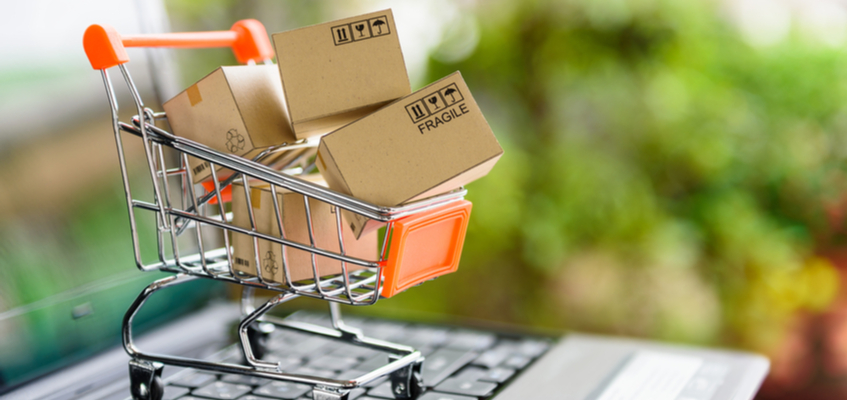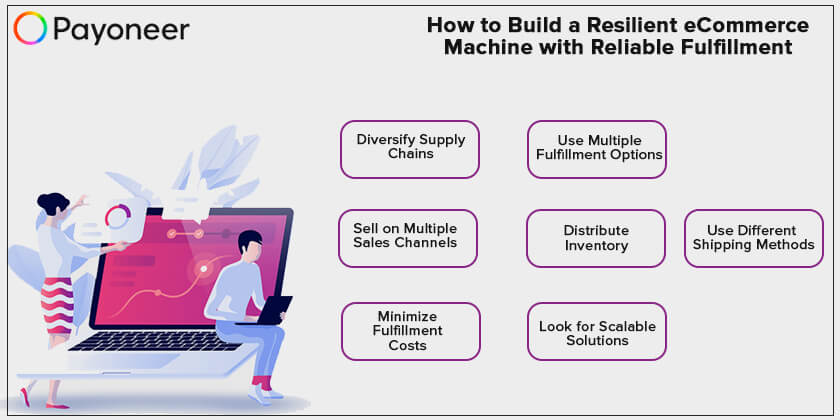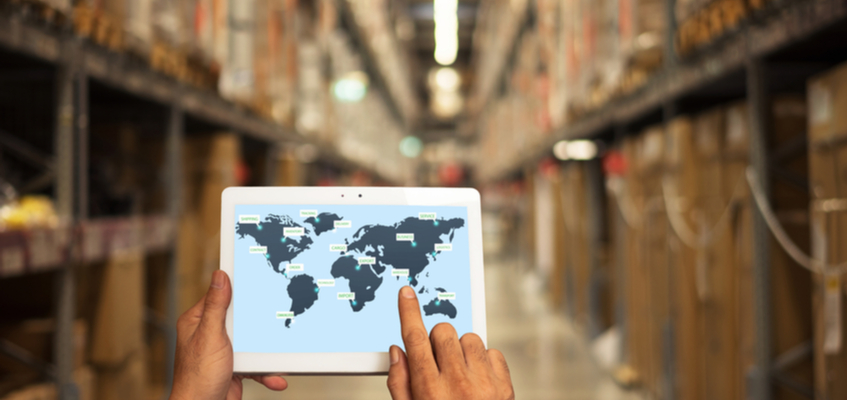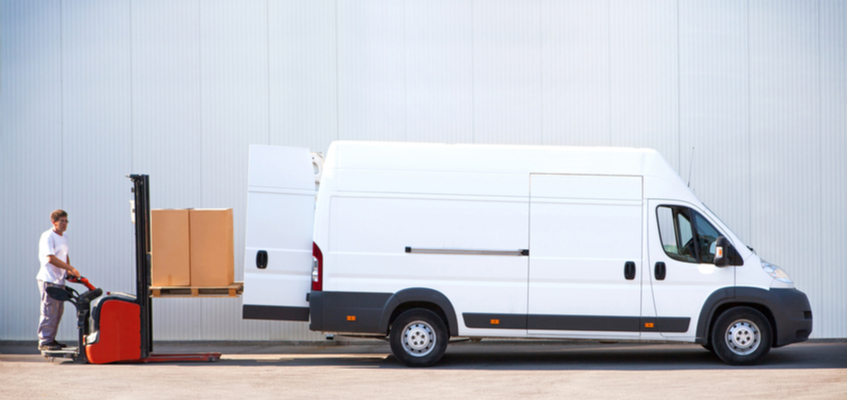
How to Build a Resilient eCommerce Machine with Reliable Fulfillment
This is a guest post written by Rachel Go, Senior Content Marketing Manager at Deliverr.
eCommerce has always faced rapid change, but never more tumultuous than in the sudden 2020 deluge of all things moving online. eCommerce sellers are continually adapting to new technologies, sales channels, shipping speeds, and consumer behaviors. Today, we’re going at breakneck pace.
The key to maintaining your online success, even during periods of high-growth, is building a resilient eCommerce machine, and the cornerstone of that resilience lies in fulfillment.
So, how do you achieve reliable fulfillment when it’s so often one of the first things to falter in times of uncertainty? With so many moving pieces, it can be tough to keep track of it all.


Here we’ll cover how to build a resilient eCommerce business with reliable fulfillment, from diversification to building backups to every step of your process.
The Importance of Resilience in eCommerce
Business resilience is the ability to adapt to unexpected challenges and opportunities. It involves being able to move quickly to…
- Maintain smooth business operations
- Safeguard the future of your business
- Benefit instead of suffer from them the changes
Resilience is especially vital in eCommerce, because it’s an industry where so many parameters move quickly.
For example, consumer spending habits might change, and suddenly, your least popular product is now the most sought-after gift, or political unrest in your supplier’s country delays your next inbound shipment by two months, leaving you with no stock.
If you don’t minimize risk and respond quickly, you could lose the customers, cash flow, and market dominance keeping your business alive.
However, if you build a resilient eCommerce business that minimizes risks, quickly overcomes challenges, and embraces opportunities, you can survive and even thrive from disruptions.
The Fundamentals of eCommerce Resilience
Fulfillment is the cornerstone of eCommerce resilience because it’s the area most susceptible to disruption, as shown by the COVID-19 pandemic.
Many sellers couldn’t fulfill orders at the pandemic’s height because manufacturers were overwhelmed, shipping routes were closed, and FBA restricted inbound shipments. Unfortunately, this led to the end of many online businesses.
Sellers who quickly overcame the challenges of the pandemic were the ones to survive and bloom in 2020. These businesses practiced the three fundamentals of eCommerce resilience:
- Agility – Quickly recognizing, responding, and embracing challenges and opportunities.
- Diversification – Diversifying every aspect of the business to minimize risk and disruptions.
- Optimization – Streamlining every process to provide buffer time and cash flow to overcome problems.
Let’s look at these in practice.
How to Build Resilience into Your eCommerce Business
You can build resilience into your eCommerce business’ fulfillment strategy in six areas.
1. Diversify Supply Chains
Minimize the risk and impact of inventory disruptions by diversifying your supply chain. This involves working with suppliers and manufacturers based in different countries or cities, and using different shipping methods and routes. For example, you might split your cargo on multiple ships, or between air and sea.


It’s also worth mentioning that product diversification increases business resilience, too. If you specialize in a particular item, consider expanding to include similar products that resonate with your audience while decreasing your reliance on single-product sales.
2. Sell on Multiple Sales Channels
Increase the number of sales channels you’re on to open your business to more consumer demand and reduce your dependency on sales from one channel
For example, while Amazon FBA restricted fulfillment at the pandemic’s height, Walmart experienced increased sales; FBA sellers scrambled to find out how to fulfill inventory, while multi-channel sellers retained revenue from different channels.
Selling on a mix of marketplaces and your own eCommerce store provides customers with multiple avenues to your products, and you with multiple routes to customers.
3. Use Multiple Fulfillment Options
eCommerce is all about building redundancy into your processes to protect your business. This means multiple sales channels to protect your revenue stream, and multiple fulfillment options to safeguard your delivery ability.
If you’re dependent on in-house fulfillment, or a single provider like FBA, layer on an additional fulfillment solution to protect your deliveries and first-page ranking against any outages.
If you sell on multiple sales channels, consider a multi-channel fulfillment partner who can fulfill FBM orders alongside orders from other sales channels. Not only does this protect all your sales channels from FBA issues, but you can combine, sync, and optimize your inventory across channels to fulfill orders wherever they originate.
4. Use Different Shipping Methods
Use different shipping services to provide customers with a range of delivery combinations and costs to suit current trends. For example, a shipping cost calculator can help you find the most cost-effective services for standard, 2-day, and overnight shipping – meeting the requirements of all your different customers.


A variety of shipping methods also enables you to dynamically offer customers shipping times based on their location and the location of your inventory – so you don’t overpromise and underdeliver.
5. Distribute Inventory
Distribute your inventory across a network of warehouses to reduce the distance orders must travel and quickly overcome any disruptions that may delay shipping.
The closer stock sits to your customers, the quicker it can get to them. The shorter distance can also help you quickly rectify issues, such as traffic or lost packages, and still meet delivery speeds of 2days.
6. Minimize Fulfillment Costs
Look for ways to minimize your fulfillment costs, giving you more cash flow to survive business disruptions and drops in demand. You can reduce your fulfillment overheads by streamlining your internal processes or working with a fulfillment partner who has access to reduced shipping carrier rates, packaging, and warehousing space.
Relevant reading: Why branded boxes are hurting your profits
Minimizing fulfillment costs also helps you offer free shipping, which could be essential to customers during troublesome times.
7. Look for Scalable Solutions
Use storage, fulfillment, and shipping solutions scalable to your business’ needs, whether they increase or decrease. For example, if you experience a phenomenal demand for a product, you need quick access to more storage space, packaging materials, and fulfillment staff to meet orders. If you experience reduced demand for a product, you must be able to minimize your fulfillment space and resources to preserve costs.


If you work with an outsourced fulfillment partner, look for adaptive solutions and all-inclusive pricing to ensure you’re not paying for storage space and fulfillment services you’re not using.
Conclusion
There’s a lot that can go wrong in eCommerce fulfillment, which is why it’s crucial to build a reliable fulfillment operation that minimizes the risk of disruptions and powers you to respond to and benefit from challenges and opportunities quickly.
Whether you’re fulfilling orders in-house, using a marketplace provider like FBA, or looking for an outsourced fulfillment partner, agility, diversification, and optimization are all key for weathering a storm.
Deliverr’s FBA-like multi-channel fulfillment comes with clear pricing, easy onboarding and a hassle free experience so you can focus on growing your eCommerce business.






